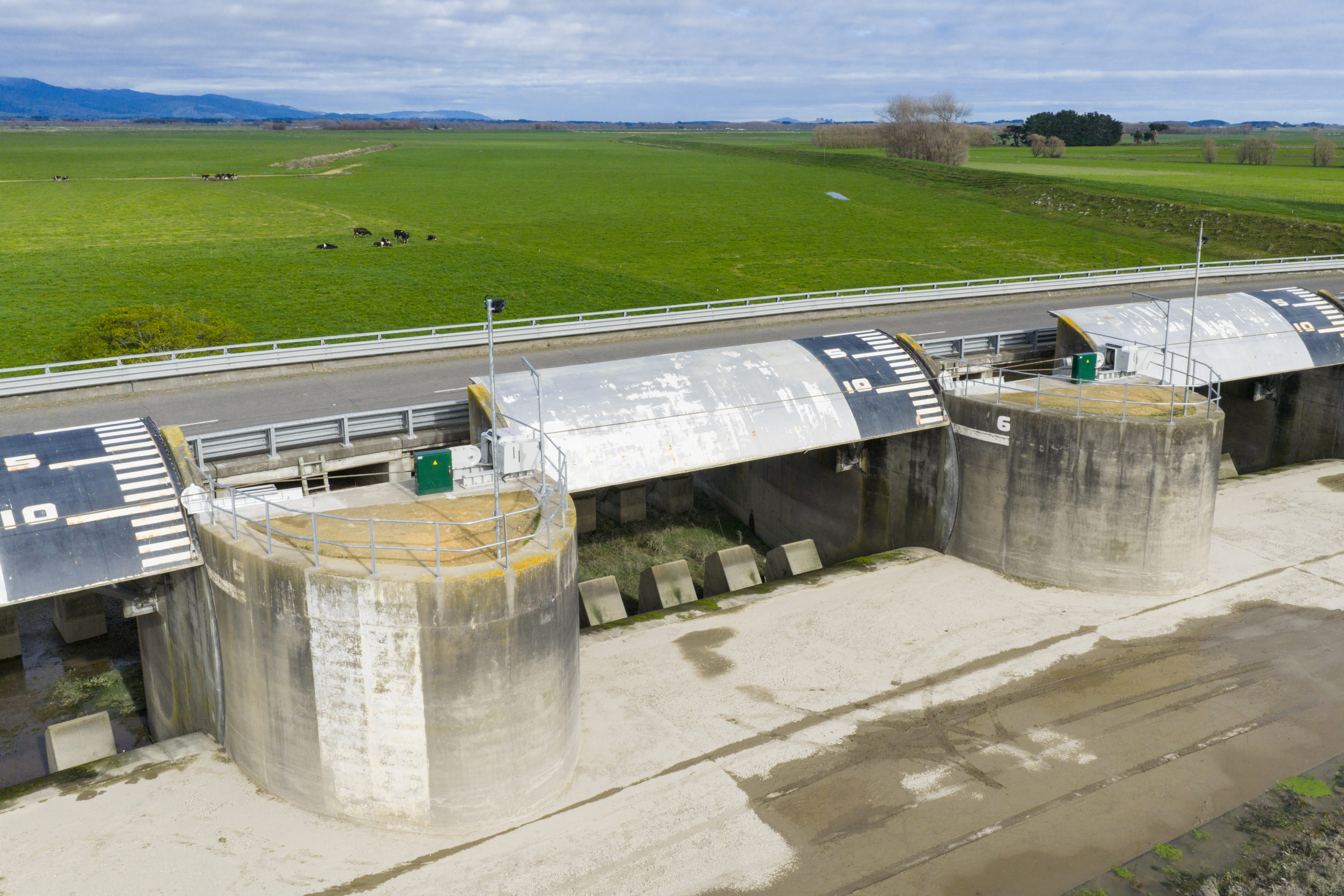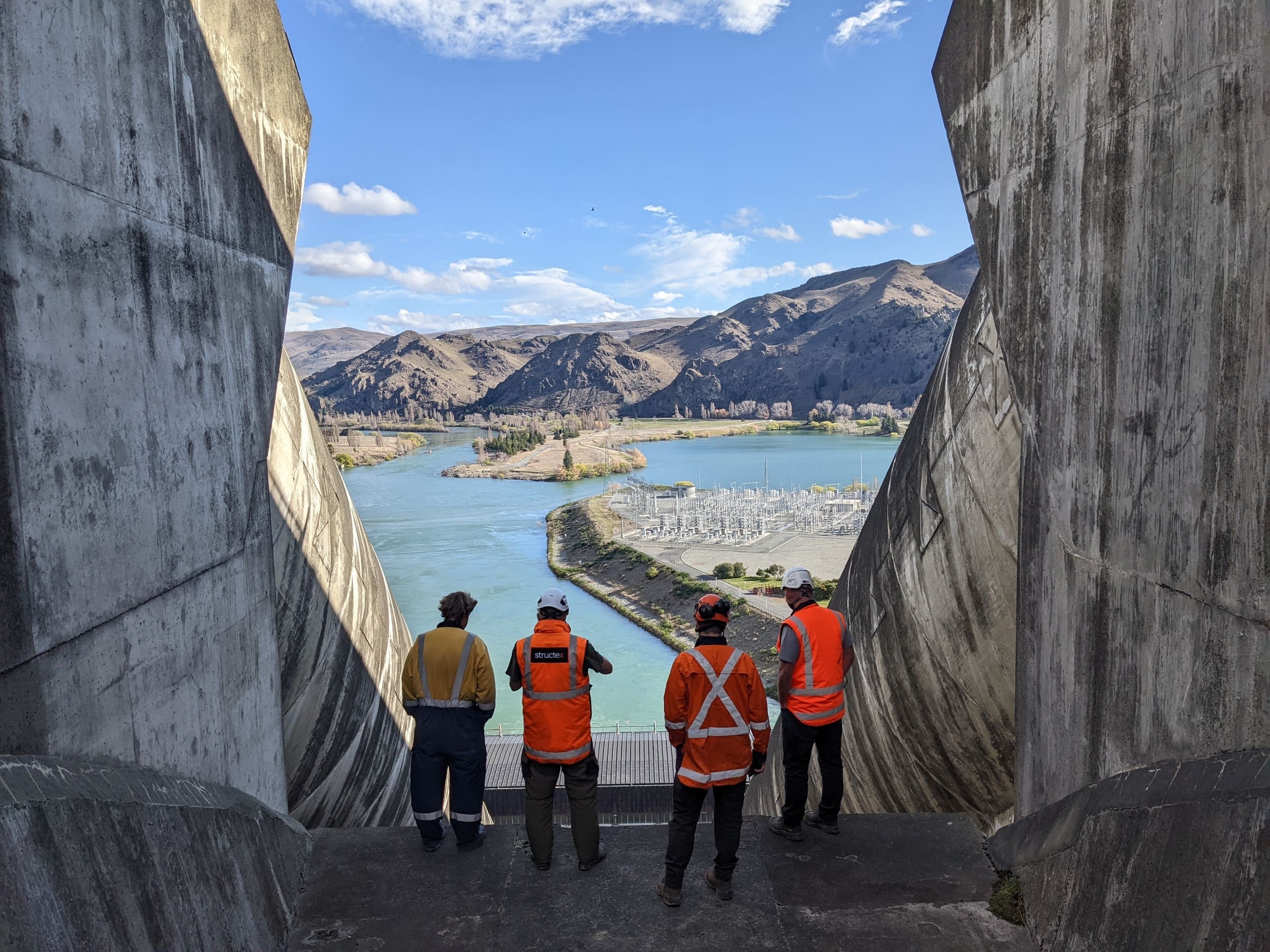Clyde Wastewater Reticulation System

Seipp provided invaluable input during the ECI stage, helping bring the new Clyde wastewater reticulation system to life. The project overcame significant challenges to meet all key objectives and deliver an outstanding result for the community.
Addressing Clyde’s growing needs
Clyde is the third-largest town in the fast-growing Central Otago region. With a beautifully preserved Heritage precinct and located on the Central Otago Rail Trail, it is an increasingly popular tourism destination. However, it has never had a public wastewater system.
All residential and commercial dwellings operated private septic tanks, many of which were aging and poorly maintained. This created significant environmental risks and impediments to future growth.
In response, Central Otago District Council commissioned a new reticulated pipe network to collect all wastewater. We were engaged to build the new network and were brought in during the Early Contractor Involvement (ECI) phase to review and optimise the proposed design.

Unprecedented challenges
To succeed, the project had to overcome some significant challenges:
- The scope included Clyde’s Heritage Precinct, which required careful and complex planning to ensure irreplaceable heritage artefacts and character were retained.
- A range of stakeholders including residents, businesses, heritage advocates and iwi were involved, each with differing perspectives.
- The contract was awarded just before the onset of the COVID-19 pandemic, which meant the project had to deal with the impact of lockdowns, supply chain disruptions and cost inflation.
- It was critical to minimise disruption, especially for tourism-related businesses, particularly post-lockdown.
- Ground conditions were difficult, with many large boulders encountered, making trenching far from straightforward.

Optimising the design
During the ECI phase we modified the design to significantly lift the depth of the new gravity mains by introducing two intermediate pump stations. This not only simplified the design and delivered substantial upfront cost savings but also allowed trench shields to be used, making the excavation of large boulders much easier.

Reducing disruption to the project and community
The impact of COVID-19 was managed in two ways: because we self-performed the majority of the construction, we were able to mitigate labour cost increases. By proactively managing the supply chain and stockpiling materials on site, we were able to prevent negative impacts on the programme caused by increased delivery times for key construction materials. Despite the unexpected challenges posed by the pandemic, we were able to deliver the project within the agreed timeframe.
Our team worked with every property owner to create tailored solutions that met their needs, and we kept stakeholders updated through regular newsletters, letters, phone calls and personal visits. Our commitment to engaging with stakeholders was key to our success.
‘The Seipp team were very good at working with the community to keep people up to date, optimise physical works on each site and reduce the level of disruption,’ says Central Otago District Council Capital Projects Programme Manager Patrick Keenan. ‘Businesses were generally able to carry on while the work was undertaken’.
‘The project delivered a good environmental outcome for residents while respecting the heritage aspects of the town. It had to overcome some significant challenges, some of which were anticipated and some, such as COVID-19, which weren’t. It was very successful and represents a massive step change for Clyde.’













%20(1).jpg)

.jpg)

.jpg)

.jpg)
.jpg)
.jpg)





.jpg)
.jpg)
.jpg)
.png)
.jpg)

.jpg)

.jpg)

.jpg)
.jpg)
%20(1).jpg)


.jpg)
.jpg)

.jpg)
.jpg)
.jpg)
.jpg)


.jpg)